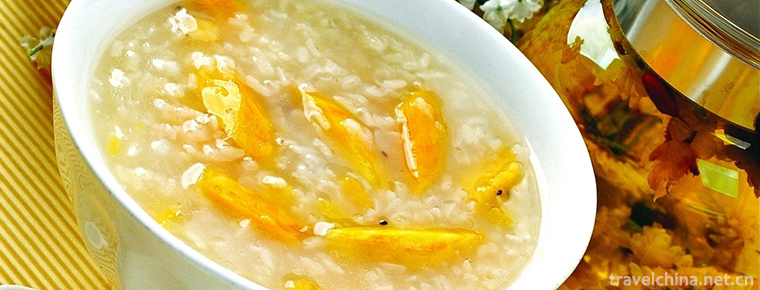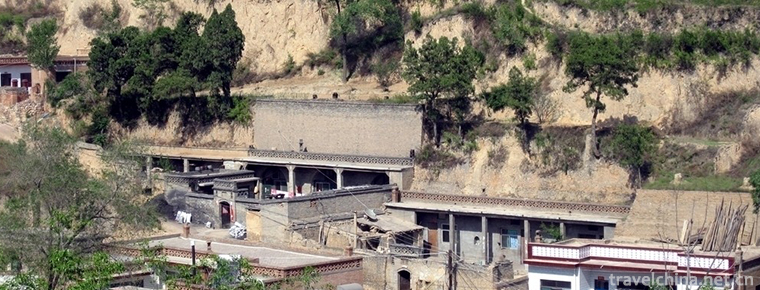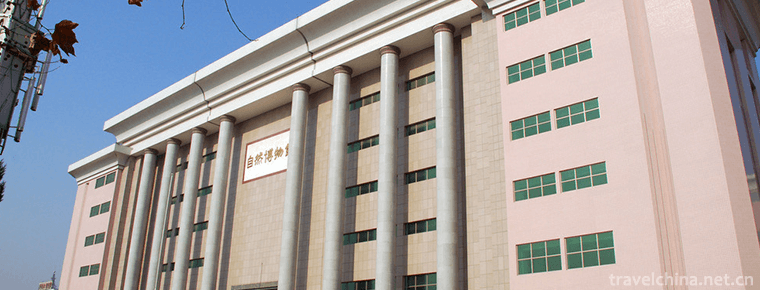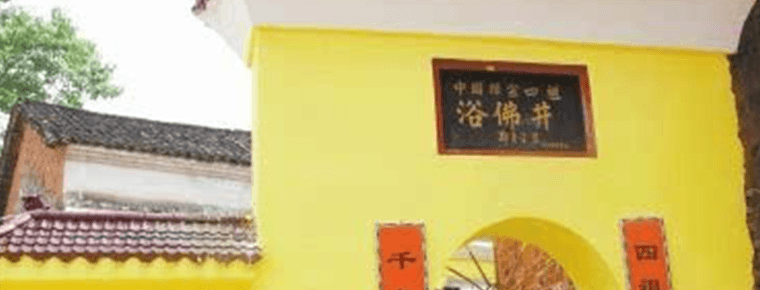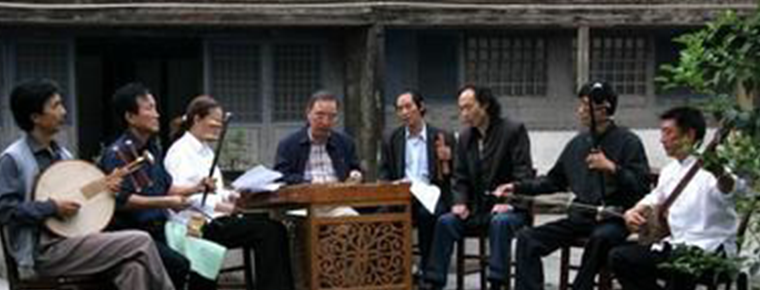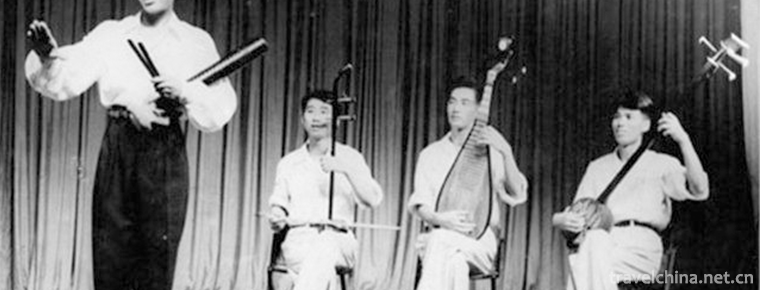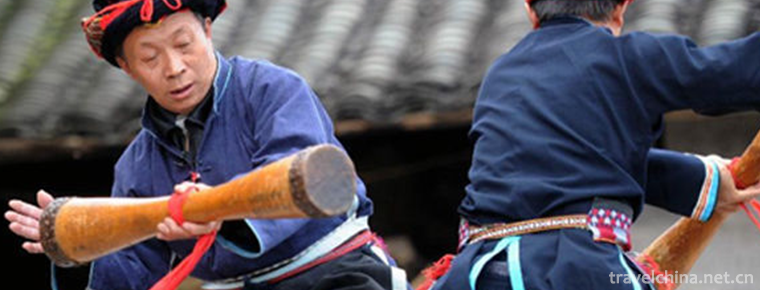Kuozi Guzi
Kuozi Guzi
Guzi, also known as "Guzi Dance" and "Cowskin Boat Dance", is a unique folk dance of two groups of Junba in Chabalang Village, Qushui County, Tibet Autonomous Region. In 2008, Junba Fishing Village was listed as the national intangible cultural heritage. Dance by singing while dancing "Ah Ge" and the boatman who backed the cowhide boat and hit the boat sounded for rhythm dance performance. The whole dance is vigorous, rough and simple.
Forms of expression
The whole dance of Guzi is vigorous, rough and simple. Guzi performed in cooperation with boatmen who sang and danced alongside the "Ah Ge" and the cowhide boat on their backs and hit the boat to make sounds for rhythmic dancing. "A Ge" is the leader of Guozi dance. When dancing a cow-skin boat, "Ah Ge" sings and dances with the "Tower" (colorful flagpole). Several other dancers (usually 4-6 people) watch the "Ah Ge" movement, carrying about thirty or forty kilograms of cow-skin boat on their backs, and follow the "Ah Ge" dance with the same movement. Everyone's movements are neat, and the sound of pulp hitting the ship's side is endless, light and dignified. Guozi dance is a kind of self-entertainment and self-enjoyment of Junba people after monotonous and heavy work. Often after fishing, several people gather together, carrying a cow-skin boat, singing and dancing, the hardship of life in singing and dancing becomes relaxed and happy.
historical origin
Guzi originated from "Zhongzi" (Yak Dance). Many movements of dancing Guzi have the characteristics of "plateau boat" - yak.
Junba village is the only village in Lhasa which mainly produces fisheries. "Junba" means "catcher" or "fisherman" in Tibetan. Geographically, Junba village is located in the lowest reaches of the Lhasa River, surrounded by mountains on three sides and facing water on one side. Historically, Junba village has been blocked by traffic and scarce arable land. Fishing was once their only way of survival. Junba villagers who make a living by fishing have created a unique fishing culture in the long-term labor process.
The small calfskin boat is not only a fishing tool for Junba villagers, but also a prop for dancing after they work.
In the past, Junba fishermen had to take long-distance water freight service to the old local government every year, mainly to transport tea, salt, cattle and wool, groceries and so on. From Mozhugongka County in eastern Lhasa to Lhasa or Shannan, cattle tankers can be seen on a total of 230 kilometers of waterway. The Kraft can only drift upstream to downstream, not upstream. When they reached their destination, the boatmen dried the tanker, carried it on their shoulders and carried it back to their place of departure.
Over the years, drifting on the river, singing kayak songs and dancing kayak dances have gradually become a unique form of entertainment for boatmen.
primary coverage
Dance
In fact, the complete Guzi is divided into four sections. The first paragraph is called "narrative". A dancer named "A Ge" said the opening line: "Shenniu patronizes Junba village, eats grass on the East mountain, drinks spring at the foot of the West mountain, rolls and plays on the pasture, and practices gladiatorial fighting in the bullpen."
The second paragraph is called "Zhongzi" (yak dance). The boatmen were first in "miscellaneous! Za ang! Za ang! " At the same time, "Ah Ge" sings "Blessing Song" while dancing.
The third paragraph is called "Chaohada". "Ah Ge" sings "Blessing Song" and takes Hada out of his Tibetan robe and puts it on the sand while jumping. The kayak dancers bend forward while jumping, and lift Hada from the ground with the left and right upper corners of the kayak on their backs.
The fourth paragraph is to sing "Blessing Song". The main idea of the lyrics is: "Today we meet here, I hope we can meet regularly. I wish you all good health, people you often meet. After singing, Ah Ge took the lead in saluting the audience.
Boat song
There are two kinds of boat songs: one is long and soothing, such as the river is passing away, such as the clouds are long, with a strong Lyric color, this kind of song is sung by the boat as it drifts across the vast river; the other is the trumpet, which is from the boatmen's heart when they fight with the wind and waves, short and warm. Some are just wordless songs, ups and downs, in tune with the waves, or even integrated.
Skill inheritance
According to a 2010 survey, only the elderly Zasang in Junba fishing village is the only "Ah Ge" in the village. He hopes to teach some young people to perform "Ah Ge", but the young people in the village, including his three children, are not interested in the cowhide boat dance. With the death of the old people in the village, the production skills and inheritance of the kayak dance are facing a crisis.

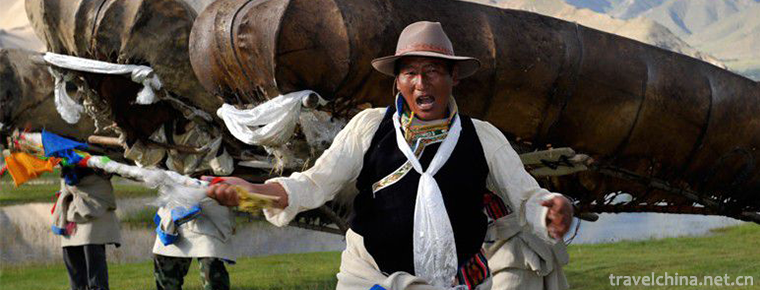
-
Sweet potato porridge
Main ingredients for food ingredients: 250 grams of fresh sweet potato, 150 grams of Japonica rice, a number of red dates, and a proper amount of sesame seeds.
Views: 286 Time 2018-11-02 -
The AncientCity of Ping Yao
The AncientCity of Ping Yao is located in Pingyao County, central Shanxi Province. It was founded in Xuanwang Period of Western Zhou Dynasty (827-782 BC)..
Views: 292 Time 2018-11-24 -
Jinji Lake
Jinji Lake is located in the northeast of the old urban area of Suzhou City, Jiangsu Province, and in the middle of Suzhou Industrial Park.
Views: 193 Time 2018-12-06 -
Legend of White Snake
Legend of White Snake, local traditional folk literature in Zhenjiang City, Jiangsu Province and Hangzhou City, Zhejiang Province, is one of the national intangible cultural heritage..
Views: 154 Time 2018-12-15 -
Mandarin Oriental Hotel Guangzhou
Wenhua Oriental Hotel is located in Tianhe District of Guangzhou, which belongs to Wenhua Oriental Hotel Group. It is a five-star hotel. The hotel has 233 rooms and 30 suites, and 24 hotel-style servi.
Views: 214 Time 2018-12-16 -
Yangma Island Scenic Area
National AAAA-level tourist attractions, Shandong Province "Top Ten Tourist Scenic Spots", 2008 "Tourists'Favorite Charm Scenic Spots". Located 9 kilometers north of Ninghai Town, .
Views: 142 Time 2018-12-26 -
Shandong Tianyu Natural Museum
Shandong Tianyu Natural Museum is located in the western section of Lianhuashan Road, Pingyi County, Linyi City, Shandong Province. It is the largest natural geological museum and the largest dinosaur.
Views: 262 Time 2019-02-08 -
Legend of Zen ancestors
Huangmei is the birthplace of Chinese Zen culture. There are six ancestral courts of Zen in China, two of which are exclusive in this county. The four ancestors temple and the five ancestors temple in.
Views: 136 Time 2019-04-15 -
Enshi dulcimer
Enshi Yangqin, also known as Enshi Silk String, was made up of Hunan Opera, Southern Opera, Chu Tune, folk minor, instrumental music licensing scholars and .
Views: 110 Time 2019-04-28 -
Huizhou three carving
The three carvings in Huizhou are a kind of local traditional carving art. They refer to three kinds of local traditional carving crafts, i.e. wood carving, stone carving and brick carving, .
Views: 144 Time 2019-05-04 -
Wooden Fish Songs
Muyu song is short for Muyu, also known as Touyu song. It is one of the traditional rap and singing arts in Guangdong Province and belongs to the system of Tanci. It is popular in the Pearl River Delt.
Views: 152 Time 2019-06-06 -
Long Drum Dance of Yao Nationality
Chinese Yao folk dance. Popular in Guangdong, Guangxi, Hunan and other provinces where Yao people live together, most of them perform on traditional Yao festivals, harvest celebrations, relocation or .
Views: 209 Time 2019-07-11
